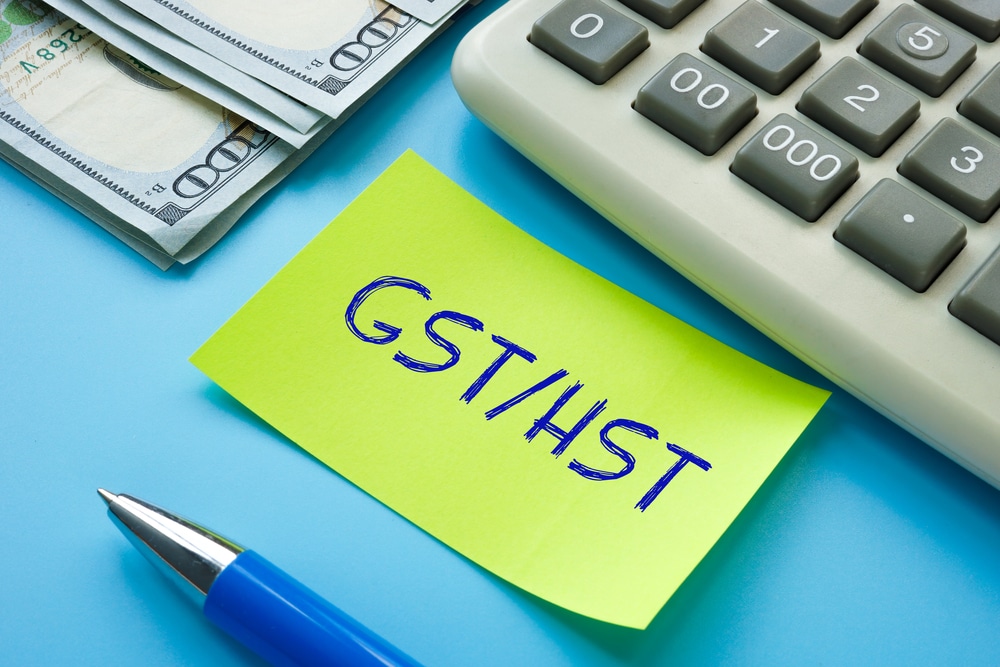If you've completed the setup procedure of your own business or it is still ongoing, then you might be wondering about the taxes. Whether you'd have to register for the GST and HST at the moment or not? Well, that’s something that every businessman who has just started the business has to understand. They need to know all the nitty-gritty details of the HST tax in Canada. This article will explain answer most of the questions related to charging taxes in Canada. Read along to find out!
Registration for GST/HST?
First and foremost, you need to register for the GST/HST account and start collecting the sales tax from your customers and remitting it to the government, once you have exceeded the threshold of $30,000 in total worldwide business revenue. Either in a single calendar quarter or one of the last four calendar quarters. The important thing is that you have a system of accounting and you are keeping track of the business revenue and once you exceed the $30,000 in business revenue, you have to register for the GST/HST which is the most basic requirement before you are eligible to register for the GST/HST. You don't have to charge your clients if you are making anything less than that as revenue. There are few ways of registering for the GST/HST. You can either do it by calling, online, or by mail. But, make sure you have the business number in order to do the registration. If you want to register online, you'd have to go to the CRA Online page for Business registration. You will be asked about your personal details and social insurance number, regardless of whether you're going to register for a corporation. After that, they will ask you for your business number. But if you don't have the business number, then you have to get it first by registering.
When Should I Charge GST/HST?
In case, you are wondering when you have to register for the GST/HST. You’d have 29 days to register for the GST/HST since the effective date to register. With that being said, you can even do the registration when you are not generating $30,000 because when you register early, you can take the benefit of the input tax credits from business expenses. On the other hand, if you are serving these provinces, you must also register for their provincial sales tax.
- British Columbia 5% GST + 7% PST
- Saskatchewan 5% GST + 6% PST
- Manitoba 5% GST + 7% RST
- Quebec 5% GST + 9.975% QST
However, if you are dealing with zero-rated goods or exempt supplies, you do not have to collect sales tax on them. You can check for the lists of zero-rated goods and exempt supplies on the CRA’s website and different provinces’ websites. Lastly, you have made up your mind that you want to be a supplier on a small level, but your business's revenue is over $30,000 by the end of two successive quarters. You'd fall under the category of a small supplier, but once you cross the $30,000 limit, then you'd have to start charging GST/HST on all the sales that take place. Again, you will be given 29 days to get your registration done from the first day of the second month.
Conclusion
The requirements have to be fulfilled, and then you can start charging the GST/HST from the customers. As a business owner, you have to know when you can start charging the GST/HST so that you can make well-informed and timely decisions. The very basic requirement is that you have to make at least $30,000 in revenue to start charging the GST/HST. Even if you have made this amount in just 90 days, you still have to start the process and get registered to start charging. You can also contact the accounting firm who will be able to guide you each and everything regarding the GST/HST taxes and also how to file the HST return







